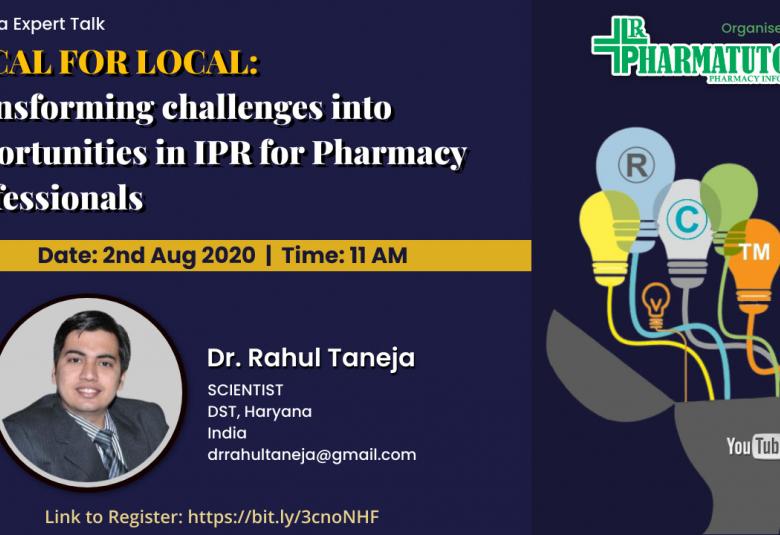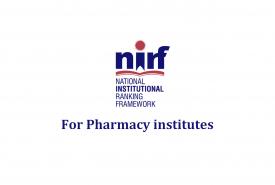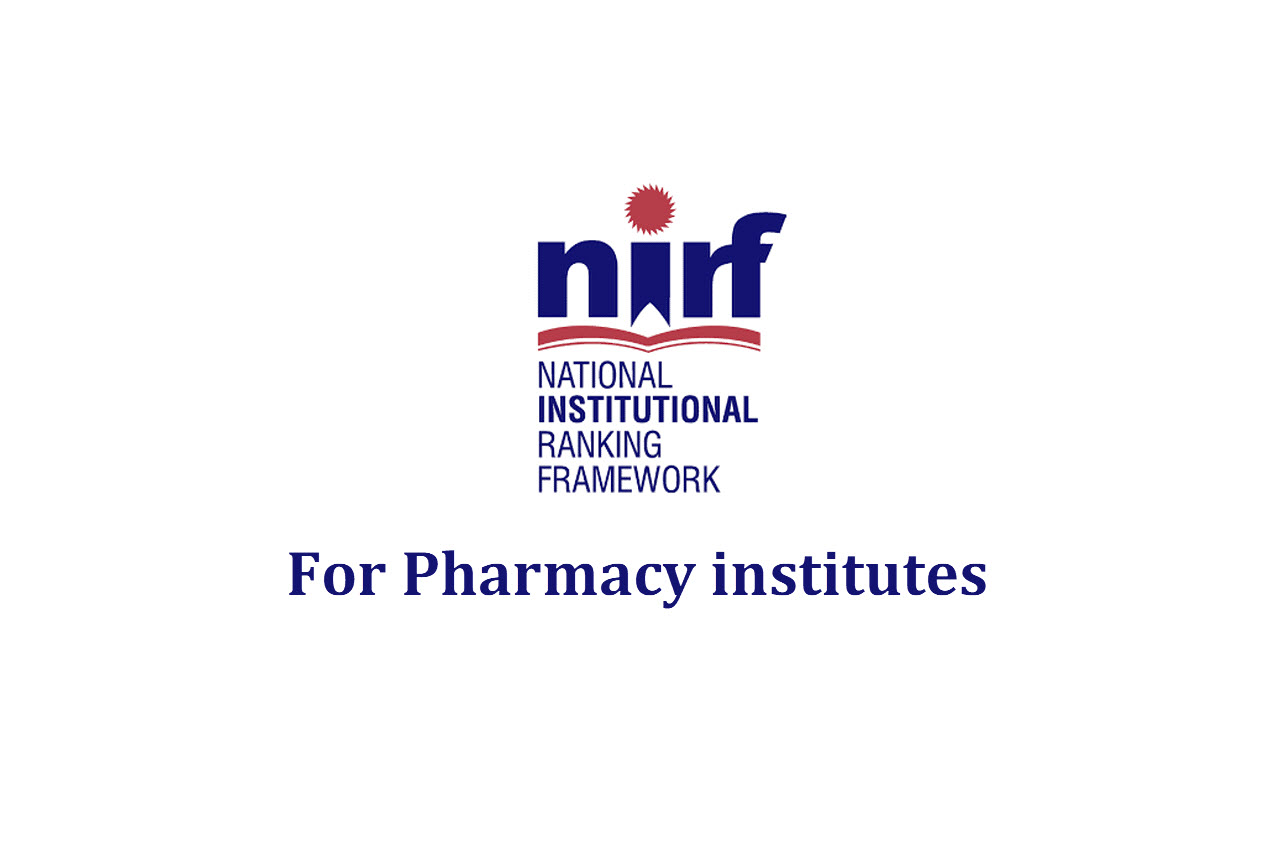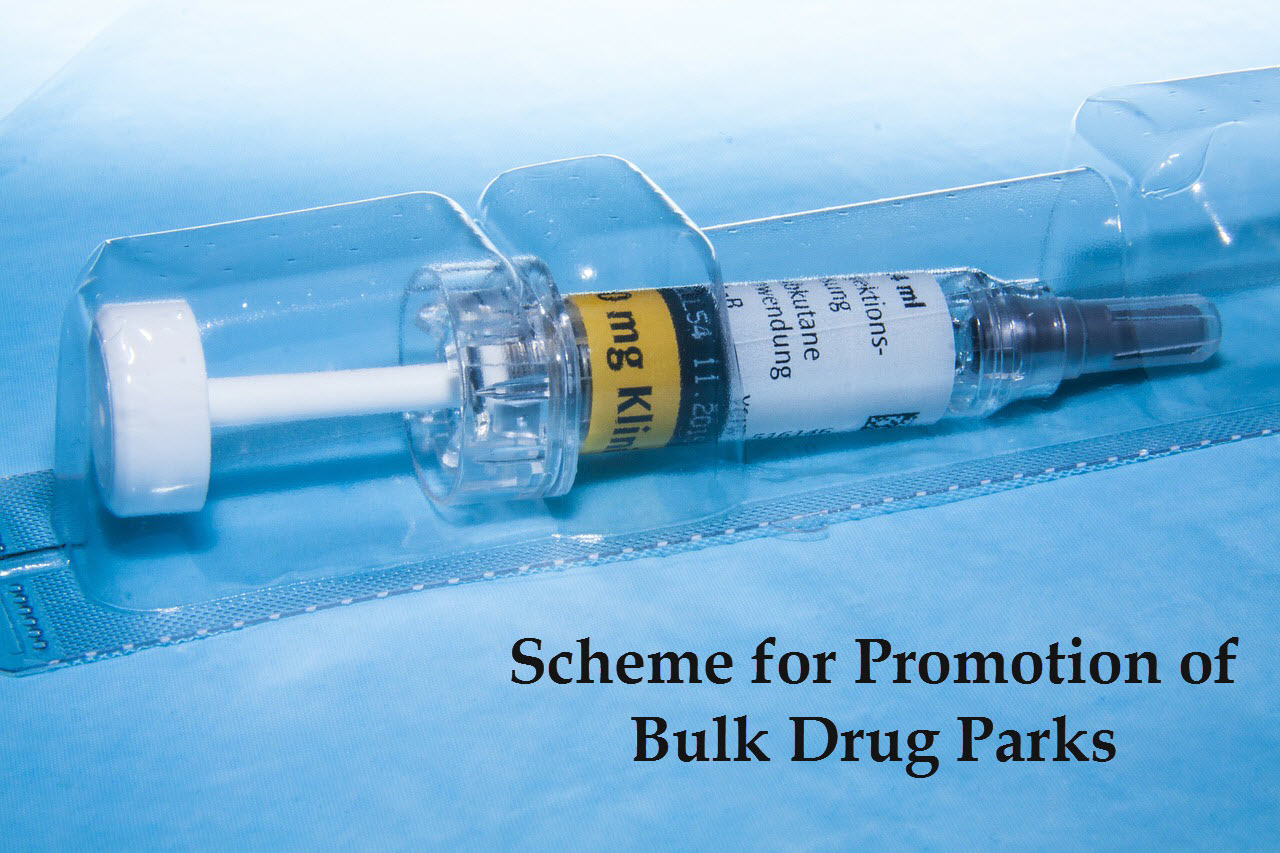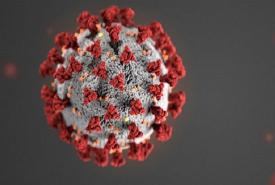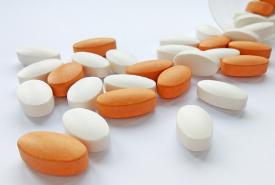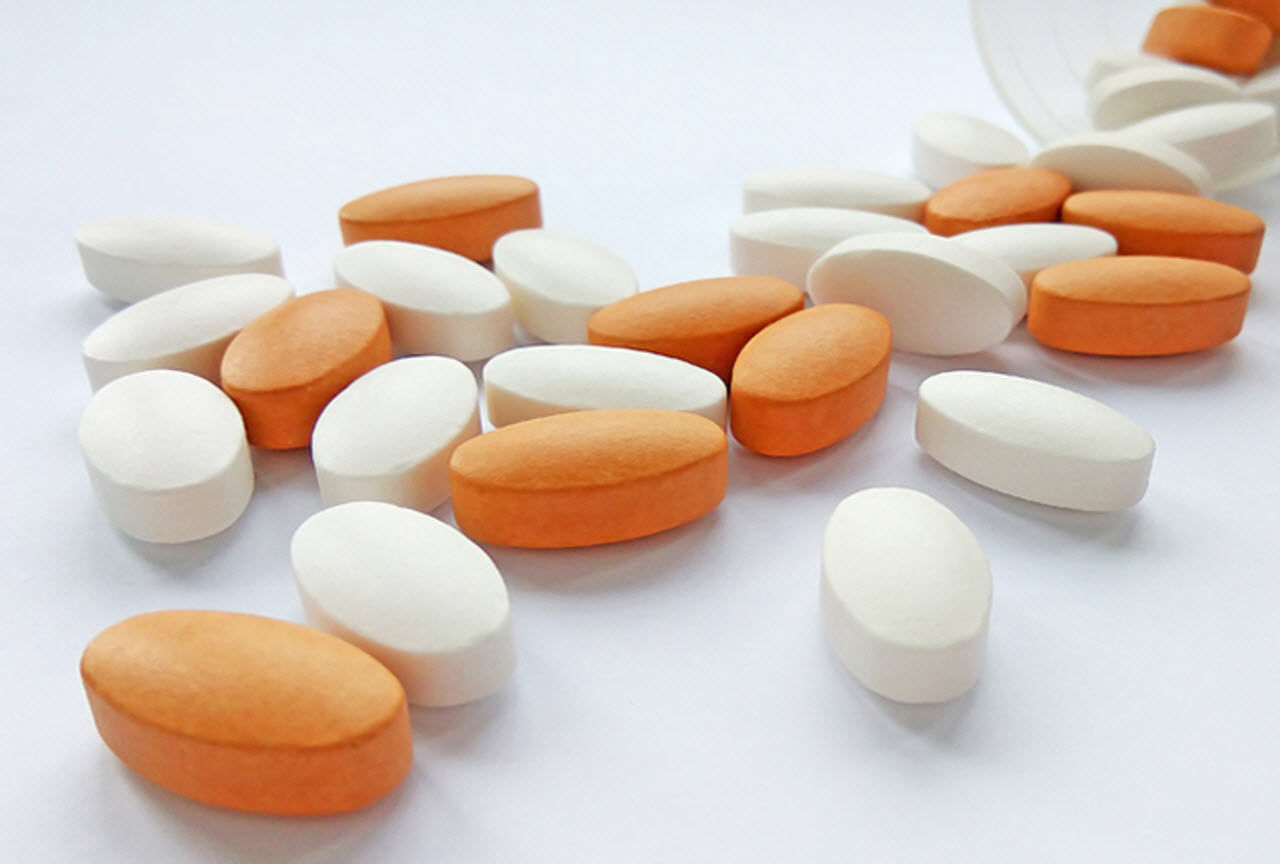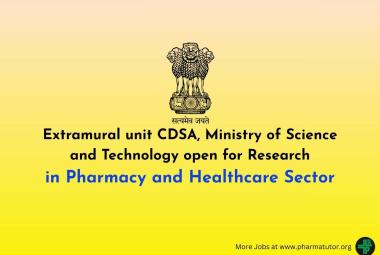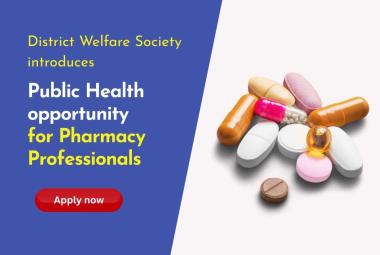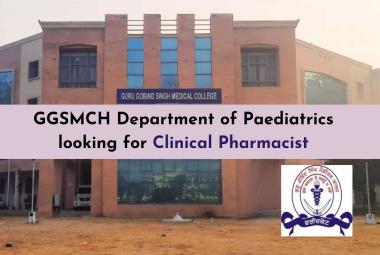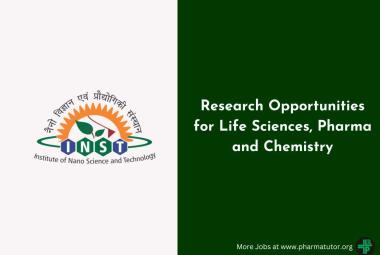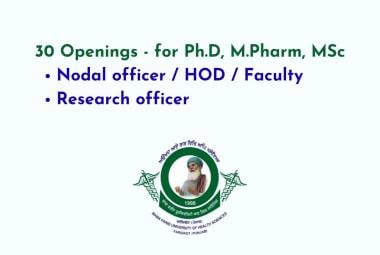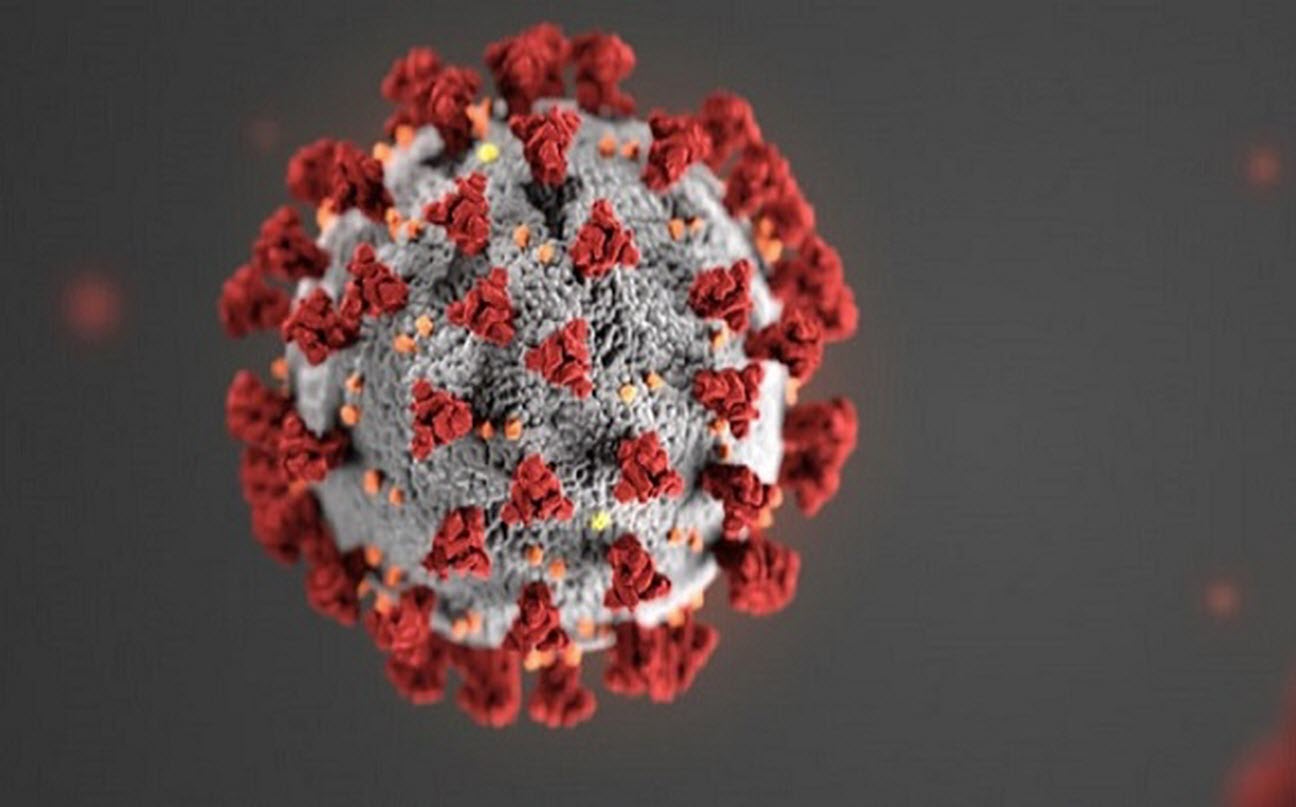
After seventy days of lockdown, the unlock 1.0 is put into action. Officially designated lockdown 5.0, from June 1, 2020, the economy and ordinary life are returning to normalcy in a controlled and phased manner. This is the beginning of a new normal. It is going to be a long haul. Experts and officials are suggesting that ‘we must learn to live with the virus’. With vaccine still months away, we need to live in a new normal. Speaking to India Science Wire, Prof. K Vijay Raghavan, Principal Scientific Advisor to the Government of India, gave five tips to ‘living with the virus’.


